Introduction
Leadership, an important quality for success in any field. This is steering teams, devising strategies and motivating the rest to attain common goals. One of the best resources to develop your leadership skills are good books. Here are seven of the best books about leadership that will provide common sense viewpoints and practical ideas to be a great leader.

Why Books on Leadership Skills Are Important
As some of the best self-help books for success, these offer great insight into how you can become a more effective leader. They provide:
- Deep Insights: Books provide in-depth knowledge on theories and practices for leadership.
- Real life strategies (tangible advice and tools for the leadership skills)
- Examples: Many books include case studies and examples from successful leaders that can serve as practical lessons or inspiration.
How Developing Leadership Skills Can Benefit You
Investing in leadership development can lead to:
- Career Advancement: Strong leadership skills enhance your qualifications for promotions and new opportunities.
- Improved Team Performance: Effective leadership fosters a motivated and cohesive team, leading to better results and productivity.
- Enhanced Personal Growth: Developing leadership skills boosts confidence, improves problem-solving abilities, and enhances decision-making.
How Books Can Help in Developing Leadership Skills
Books on leadership provide:
- Theoretical frameworks: provide models and theories that can help be used to leadership practices.
- Gain new potential: How to Develop Leadership Skills Or Books with Exercises
- Real-life stories (case studies)The real reason that we love inspirational success comes from the past ago and light of motivation with actionable insights to face challenges.

1. “Leaders Eat Last: Why Some Teams Pull Together and Others Don’t” by Simon Sinek
Overview:
In Leaders Eat Last, Simon Sinek writes about how the best of leaders put their team’s well-being above their own. Sinek holds as a fundamental assumption that leaders who feel safe generate greater loyalty, trust and performance from their employees.
Key Insights:
- Servant Leadership — Great leaders put their team of the course ahead of themselves, fostering trust and collaboration.
- Circle of Safety: Leaders can, by enlarging the circle of safety, shield their teams from outside dangers and internal politics to create an ultra-healthy team.
- Sinek writes about how leadership principles are related to human biology, going deeply into the brain chemicals that impact behavior and team dynamics.
This book is key for leaders to create a respectful and productive team environment. It underscores the value of understanding and caring in leadership, teaching how building up your team members can help lead to a powerful organization.
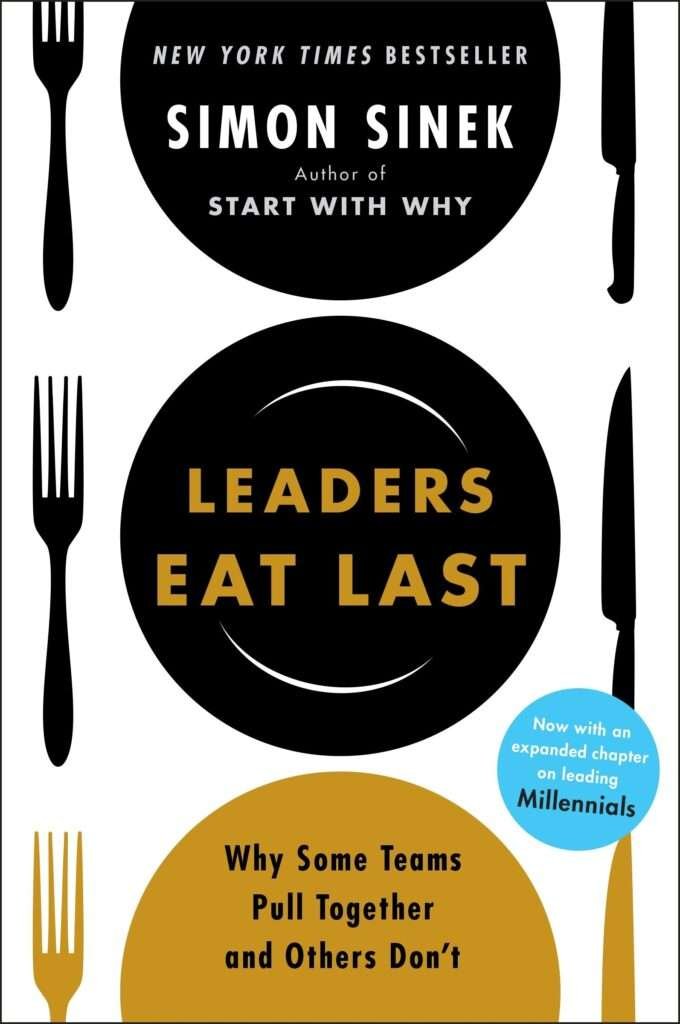
2. “The 7 Habits of Highly Effective People: Powerful Lessons in Personal Change” by Stephen R. Covey
Overview:
The 7 Habits of Highly Effective People by Stephen R. Covey provide a perfect harmony of personal and professional effectiveness The seven habits introduced by Stephen Covey provide a set of principles and practices that can result in personal effectiveness as well as success for an organization once put into daily practice.
Key Insights:
- Take Responsibility: Encourages the man to become proactive and responsible for what they do, rather than being a passive responder to external events.
- Start with the End in Mind: Cause leaders to think about what they want out of their actions and sets goals for motivation.
- Synergize: Discusses the power of working in collaboration and using diversity to get better results.
Why It’s Valuable:
Covey’s words furnish the bedrock of leadership literature that offers usable tenets to trod a path towards personal growth and effectiveness. Coach You On Long-term Success and Influence Building habits that help leaders stand the test of time.

3. “Good to Great: Why Some Companies Make the Leap… and Others Don’t” by Jim Collins
Overview:
In “Good to Great,” Jim Collins delineates what sets great companies apart from all the others. Collins’ research highlights the core principles and practices that allow companies to achieve enduring greatness.
Key Insights:
- Level 5 Leadership: It is a fact that great leaders show extremely high personal humility and deep professional will in the sense of not caring about their recognition but with an also profound zeal for success.
- The Hedgehog Concept is about what good companies care the most, are best at doing and drives their economic engine.
- Culture of Discipline: Encourages business practices and strategic decisions to be carried out with a disciplinary style.
Why It’s Valuable:
This book by Collins is simply a research-perspective on leadership and management in getting to great. The lesson is a pragmatist one for all leaders seeking to move their businesses from good (or OK) to great!
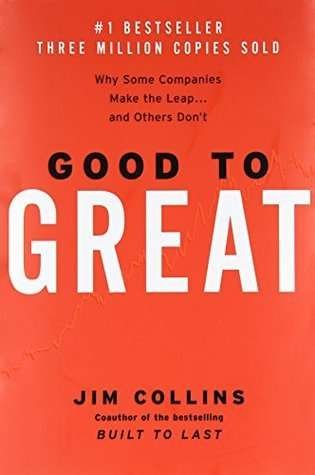
4. “Dare to Lead: Brave Work. Tough Conversations. Whole Hearts.” by Brené Brown
Dare to Lead: Brené Brown on the Role of Vulnerability, Courage and Authenticity in Leadership Brown suggests that showing this side of you makes for better and more compassionate leaders, as he explains.
Key Insights:
- Share with vulnerability: Leaders who let their guard down can forge deeper, more trusting relationships.
- No Topic Left Unresolved: The idea that all topics are open for discussion and the ability to raise difficult issues–and resolve them respectfullyHonorable MentionCourageous Conversations (Original) — Telling it like it is, bringing up what needs air just as neededDependent Care Pathways
- Wholehearted Leadership: Being authentic, empathizing with employees and fostering a more inclusive work environment.
Why It’s Valuable:
Brown’s insights are particularly valuable for leaders who want to foster a supportive and transparent team culture. Her approach highlights the impact of emotional intelligence and courage in effective leadership.
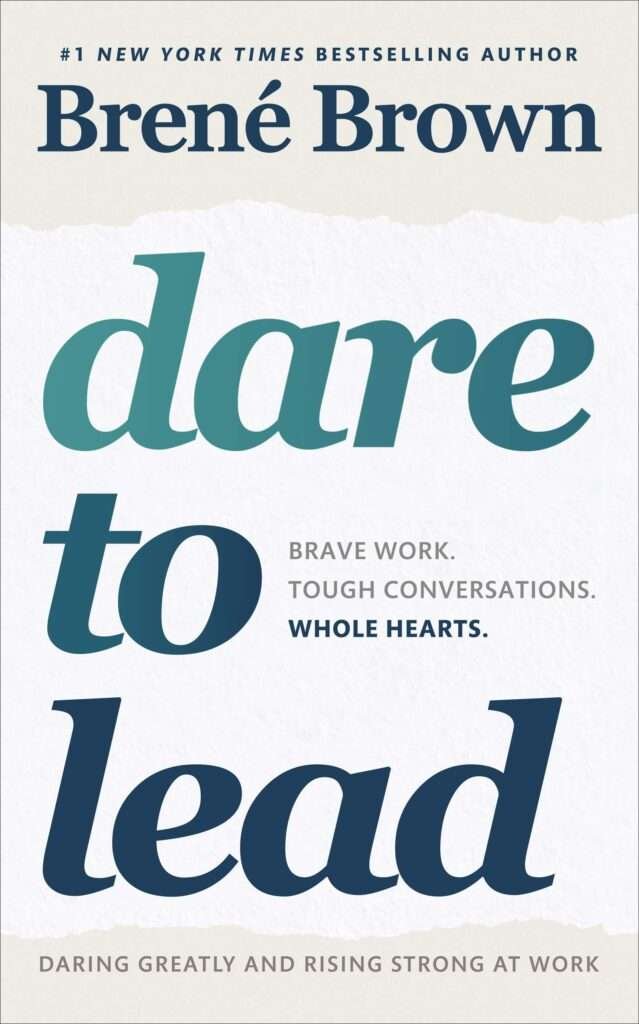
5. “The Five Dysfunctions of a Team: A Leadership Fable” by Patrick Lencioni
Overview:
The Five Dysfunctions of a Team by Patrick Lencioni: A fable that will help you recognise the common problems impeding your team and give ideas on how to overcome them.
Key Insights:
- Lack of Trust: Teams fail when members do not rely on one another, this results in ineffective communication and almost pointless collaboration.
- Fear of Conflict: Even the conflict-averse ones have to embrace disagreement otherwise; there will be no direct dialogue.
- Not Bought Into Goals: If your team is not collectively bought into whatever it is you are trying to achieve, they will never get there.
Why It’s Valuable:
Although Lencioni’s book offers a useful rubric for how to address these dysfunctions and get the players playing at their best together. And it is a useful toolkit for leaders who are trying to create a more cohesive and effective teams.
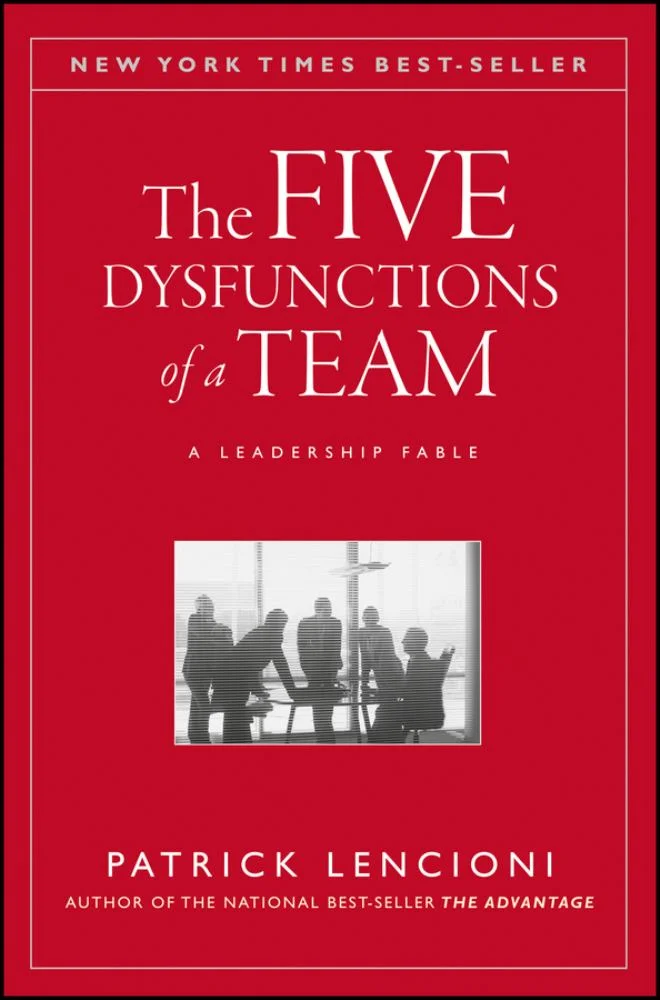
6. “Leadership and Self-Deception: Getting out of the Box” by The Arbinger Institute
Overview:
This book is not a research-based model or strategy to tackle self-deception; it explains how and why people deceive themselves, so altruistic-sounding leaders can go into cultures and organizations where they often make poor decisions affecting the whole workplace. The book offers an approach to breaking out of self-deception — and thereby improving leadership quality — by becoming more aware.
Key Insights:
- Blind Spots: Leaders frequently lack awareness of how their own unconscious biases and assumptions shade language, behaviour and decision-making.
- In-the-Box vs. Out-of-the-Box Thinking: The book discusses the mindset switch from self-centered to empathetic and useful interactions.
Why It’s Valuable:
A different perspective of the leadership is delivered in this book as it discusses internal impediments to succeed at being a leader. The book is filled with research backed practices to help develop more self-awareness and stronger relationships between team members.
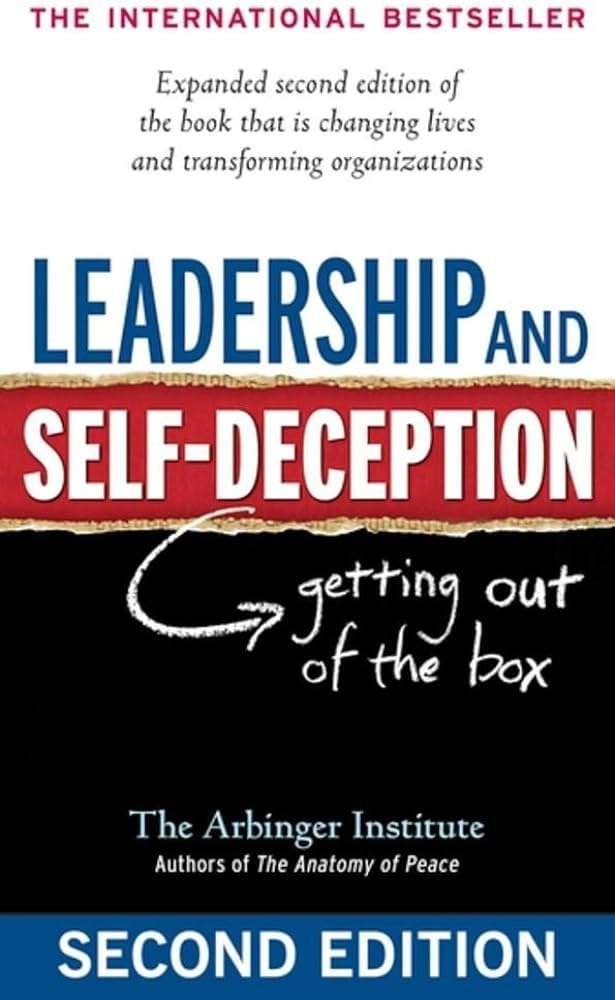
7. “Extreme Ownership: How U.S. Navy SEALs Lead and Win” by Jocko Willink and Leif Babin
Overview:
Based on the experiences of Navy SEALs, “Extreme Ownership” by Jocko Willink and Leif Babin shares leadership lessons that are highly relatable to different scenarios. This book is about putting on the big boy or girl pants and owning leadership outcomes.
Key Insights:
- Leaders need to be held accountable for what they do and the results stemming from their actions / choices!
- Command Decentralization: Without trust and delegating power to the right people, you will not succeed.
- Our conduciveness to simplifying complex problems and prioritizing for the sake of decision-making and performance is also a hallmark of great leaders.
Why It’s Valuable:
It provides a no-nonsense leadership framework, with military undertones. It gives great techniques for taking ownership and how to be a leader who thrives under pressure.
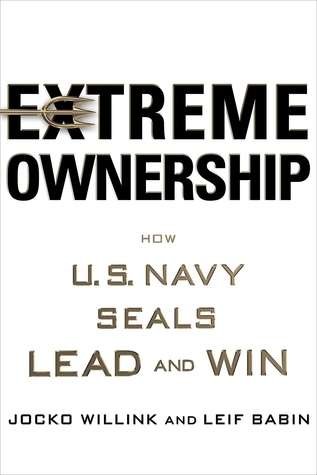
Conclusion
Books that Teach Leadership Skills: Reading for Bettering One’s Leaderhsip The seven books — “Leaders Eat Last” by Simon Sinek, “The 7 Habits of Highly Effective People” by Stephen R. Covey, “Good to Great” by Jim Collins, Dare to Lead: Brave Work Hustard Conversations,” The Five Dysfunctions of a Team”, Leadership and Self-Deception from the Arbinger institute and finally Extreme Ownership By Jocko Willink & Leif Babin— were selected for their collective wisdom on leadership aligned with practice strategies which they impart transparently in each book cover-to-cover.
These books serve as reflections to the leader and through immersing oneself in them, leaders can gain insight on their leadership styles vis-à-vis how they impact team dynamics for organizational success. These readings are an investment in time that will not only improve your leadership and development but also your overall career. Drawing on the concepts and tactics detailed in these books can help you to become a better leader, one who is more willing to lead by example and inspire others, leading them both wanting —and able— enough.
FAQs: Best Books on Leadership Skills
1. What are the benefits of reading books on leadership skills?
Answer:
Reading books on leadership skills offers several benefits, including:
- Enhanced Understanding: Books provide deep insights into effective leadership practices and theories.
- Practical Strategies: They offer actionable advice and tools for improving leadership abilities.
- Personal Growth: Reading about leadership can boost self-awareness, confidence, and decision-making skills.
- Inspiration: Many books feature real-life success stories and case studies that can motivate and inspire readers.
2. How can “Leaders Eat Last” by Simon Sinek help improve leadership skills?
Answer:
Simon Sinek wrote Leaders Eat Last to show why leaders should always prioritize your people. In it, she shows leaders how to provide a safe environment where people can overcome high stakes and work together. Key lessons include:
- Servant Leadership: Prioritizing the well-being of team members enhances loyalty and performance.
- Creating a Circle of Safety: Protecting team members from internal and external threats builds a more cohesive unit.
3. What makes “The 7 Habits of Highly Effective People” by Stephen R. Covey a must-read for leaders?
Answer:
The 7 Habits of Highly Effective People – For leaders, Stephen R. Covey’s The 7 Habits has to be mandatory reading because it offers a solid process for development in any arena personally and professionally. It covers seven habits to help people become more proactive, goal-oriented individuals who work better together. Notable aspects include:
- Proactive Behavior: Encourages leaders to take initiative and control over their actions.
- Synergy: Emphasizes the benefits of working together to achieve better results.
4. How does “Good to Great” by Jim Collins contribute to leadership development?
Answer:
Good to Great by Jim Collins is the book that helps in developing leadership under which you can motivate with its perspective of how averaging companies differs from exceptional ones. In this book you will learn the following:
- Level 5 Leadership: Leaders who combine humility with strong professional will achieve extraordinary results.
- The Hedgehog Concept: Focusing on what a company does best, what it is passionate about, and what drives its economic engine leads to greatness.
5. Why is “Dare to Lead” by Brené Brown important for leaders seeking to build trust with their teams?
Answer:
Reading Dare to Lead by Brené Brown is also essential for any leader trying zealously build a trust wall — as it highlights the importance of vulnerability, courage and authenticity in leadership. Key takeaways include:
- Vulnerability: Embracing vulnerability allows leaders to build stronger, more authentic relationships with their teams.
- Courageous Conversations: Addressing difficult topics with empathy fosters a culture of openness and trust.
Check Out The Sources
Check Out More



